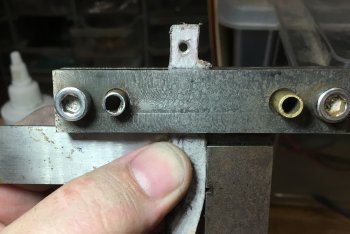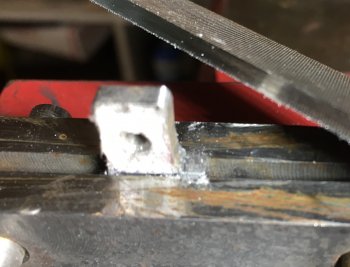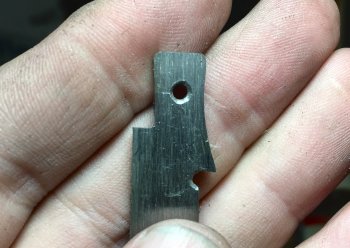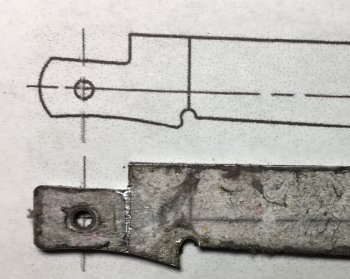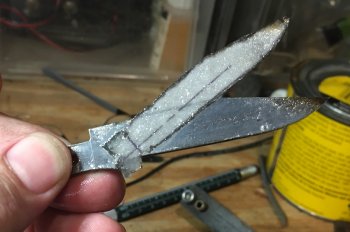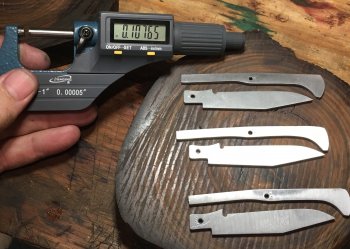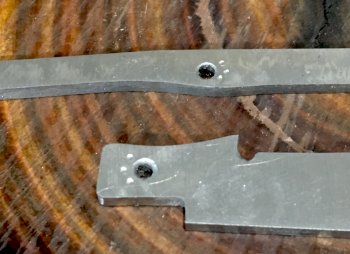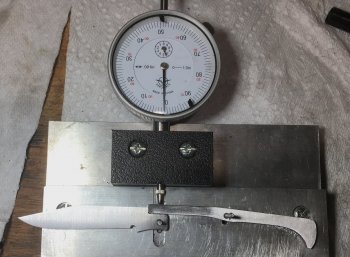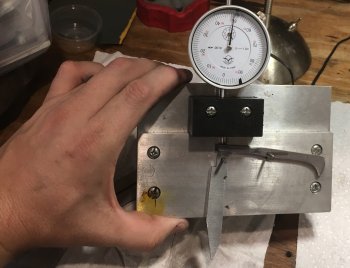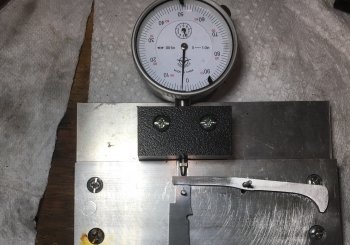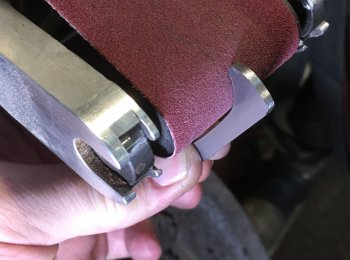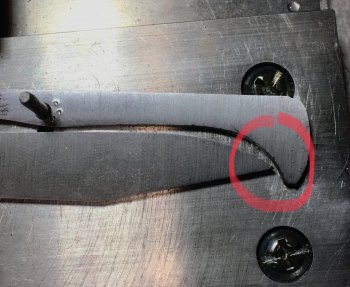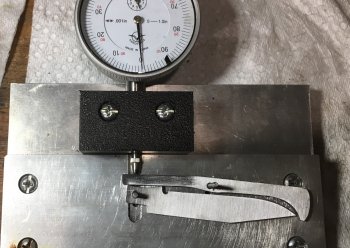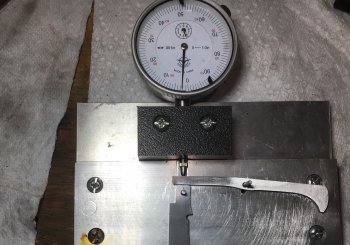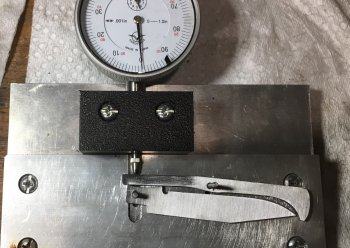Johan Nel
Well-Known Member
I am having a relook at this thread, but on the computer screen today, which allows for bigger, better viewing and I really like the colours that I can see in the horn. I think it has the potential to polish out in beatuful colours.Top marks for the kudu horn to emphasise how special a hand made pocket knife can be.
Note to self: * Start collecting kudu horn when next you go on a hunt...

